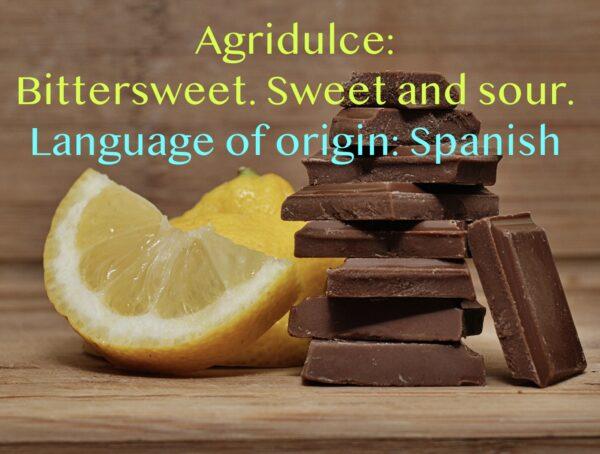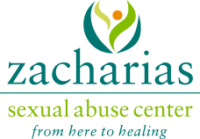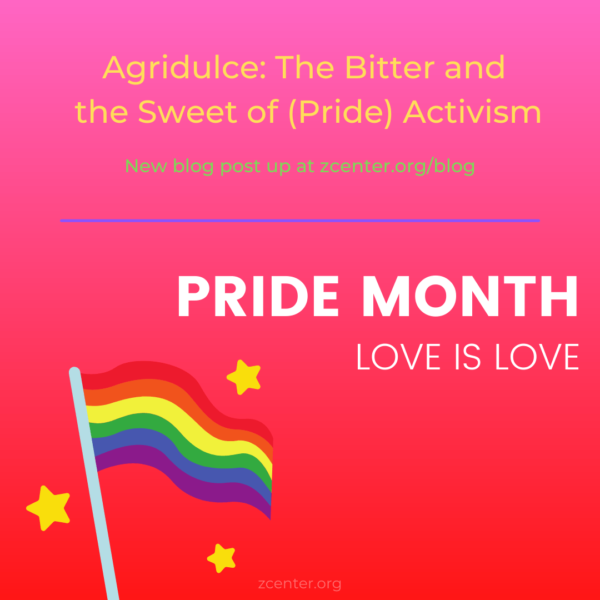 I remember the first time I saw the agridulce crayon, the bittersweet. As my kids colored in a coloring book, I paused and reflected on this odd word that combined such opposite sensations. Perhaps it was because I was reading the Spanish, looking at language as a learner. Perhaps it was just that I loved the color and wanted to connect to this new word I had learned, as I soaked in the comfort of this interesting brown-orange-red shade.
I remember the first time I saw the agridulce crayon, the bittersweet. As my kids colored in a coloring book, I paused and reflected on this odd word that combined such opposite sensations. Perhaps it was because I was reading the Spanish, looking at language as a learner. Perhaps it was just that I loved the color and wanted to connect to this new word I had learned, as I soaked in the comfort of this interesting brown-orange-red shade.
Linguists have found that red and brown were once the same color in many languages. In fact, red is one of the first colors that languages use; other colors come much later as the language evolves (Deutscher, 2011). There is something primeval about red-brown. Was the biblical red heifer really brown, and ancient Hebrew just did not have that word yet? Did other cultures look around them and see red soil, red cows, and red tree trunks? Or did they just not have the word brown?
I ponder these types of questions because it brings me joy to think about linguistics. But language was also a struggle for me as a child, even requiring school intervention for speech therapy. It’s a bittersweet topic; it’s agridulce.

As we enter Pride Month, I feel the same sense of agridulce, the bitter and sweet, as we think about Pride activism. ZCenter is participating in three pride events this month to celebrate the LGBTQIA community. We share in the joy of colorful decorations, music, parades that are drives during a pandemic, and youth who are taking the initiative to organize and facilitate. But we also bring with us the reality that so many youth in the LGBTQIA community are vulnerable.
- 1.8 million LGBTQ youth between the ages of 13 and 24 in the U.S. seriously consider suicide each year. (The Trevor Project)
- 21% of TGQN (transgender, genderqueer, nonconforming) college students have been sexually assaulted, compared to 18% of non-TGQN females, and 4% of non-TGQN males.(RAINN)
- The National Coalition of Anti-Violence Projects (NCAVP) estimates that nearly one in ten LGBTQ survivors of intimate partner violence (IPV) has experienced sexual assault from those partners. Studies suggest that around half of transgender people and bisexual women will experience sexual violence at some point in their lifetimes. (HRC)
As we hold up our rainbow flags, sing along to the parade playlist, and post our allyship memes, may we carry this feeling of agridulce as inspiration. We have so much to celebrate, so much joy to embrace. We have visions of equity, dreams of diversity. May that be what we are fighting to preserve.
Sources:
Deutscher, G. (2011). Through the Looking Glass: Why the World Looks Different in Different Languages. Picador.
HRC: The Human Rights Campaign
RAINN (Rape, Abuse, and Incest National Network) Statistics
The Trevor Project National Estimate of LGBTQ Youth Seriously Considering Suicide
Written by Kristin Jones, PhD, EdM, Outreach Supervisor.
All ZCenter blog posts are written by state certified staff, interns, and volunteers. For questions on authorship or content, please email kjones@zcenter.org.

